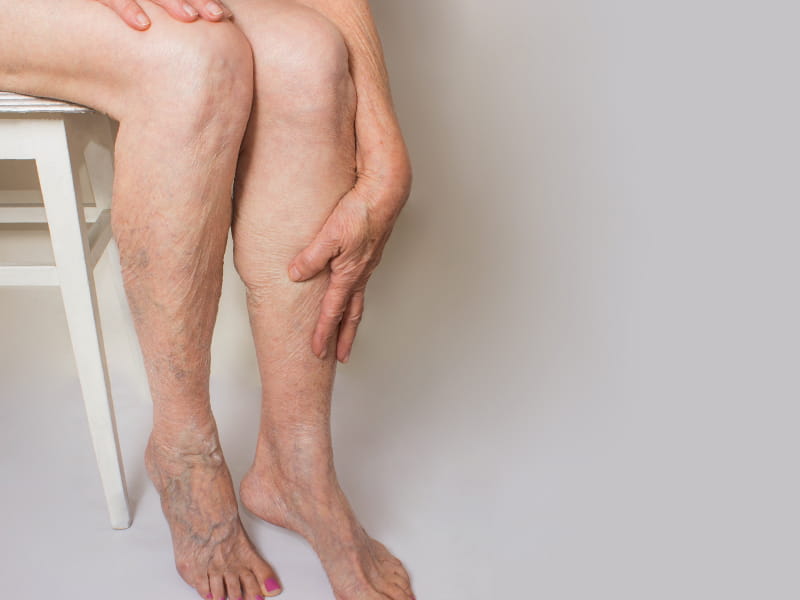Disorder of tiny blood vessels might raise risk of leg amputations
By American Heart Association News

Microvascular disease — a disorder of tiny blood vessels — might increase the risk of leg amputations no matter where on the body it is found, according to a new study.
The study, which backs the idea of the blood vessel disorder as a systemic problem, looked at amputation risk among people who had microvascular disease, peripheral artery disease (which is a narrowing of the arteries typically found in the legs) or both diseases. The research was published Monday in the American Heart Association journal Circulation.
In microvascular disease, small vessels that carry blood to muscles and other tissues throughout the body don't function properly. It is commonly diagnosed in the eyes or in the kidneys.
Peripheral artery disease, or PAD, causes cramping, pain or fatigue in the leg muscles while a person is walking or climbing stairs. If left untreated, PAD can lead to gangrene and the need for amputation.
The study looked at data from more than 125,000 veterans in the Veterans Aging Cohort Study. Researchers found that, over an average nine-year span, people with microvascular disease had a 3.7-fold increased risk of leg amputation. Those with PAD had a 13.9-fold increase. And those with both had a 23-fold increase.
The increased risk of leg amputation was independent of the location of the microvascular issue.
"This study advances the idea that microvascular disease is a system-wide disorder rather than only affecting one part of the body," lead study author Dr. Joshua A. Beckman said in a news release.
PAD in the legs has long been considered a sign that a patient probably also has narrowed arteries leading to the heart or brain, said Beckman, professor of medicine and director of Vascular Medicine at Vanderbilt University Medical Center in Nashville, Tennessee. If a patient has PAD, they have a higher risk of other cardiovascular diseases, such as heart attacks and strokes.
"Our study suggests that microvascular disease in any part of the body, such as the eyes, kidneys or feet may be linked to decreased blood vessel function in other parts of the body, putting patients at risk for potential lower-limb amputations," Beckman said.
Based on the findings, Beckman suggests patients with microvascular disease require close observation and care of their feet to detect sores or injuries early to promote healing and reduce amputations.
If you have questions or comments about this story, please email [email protected].





